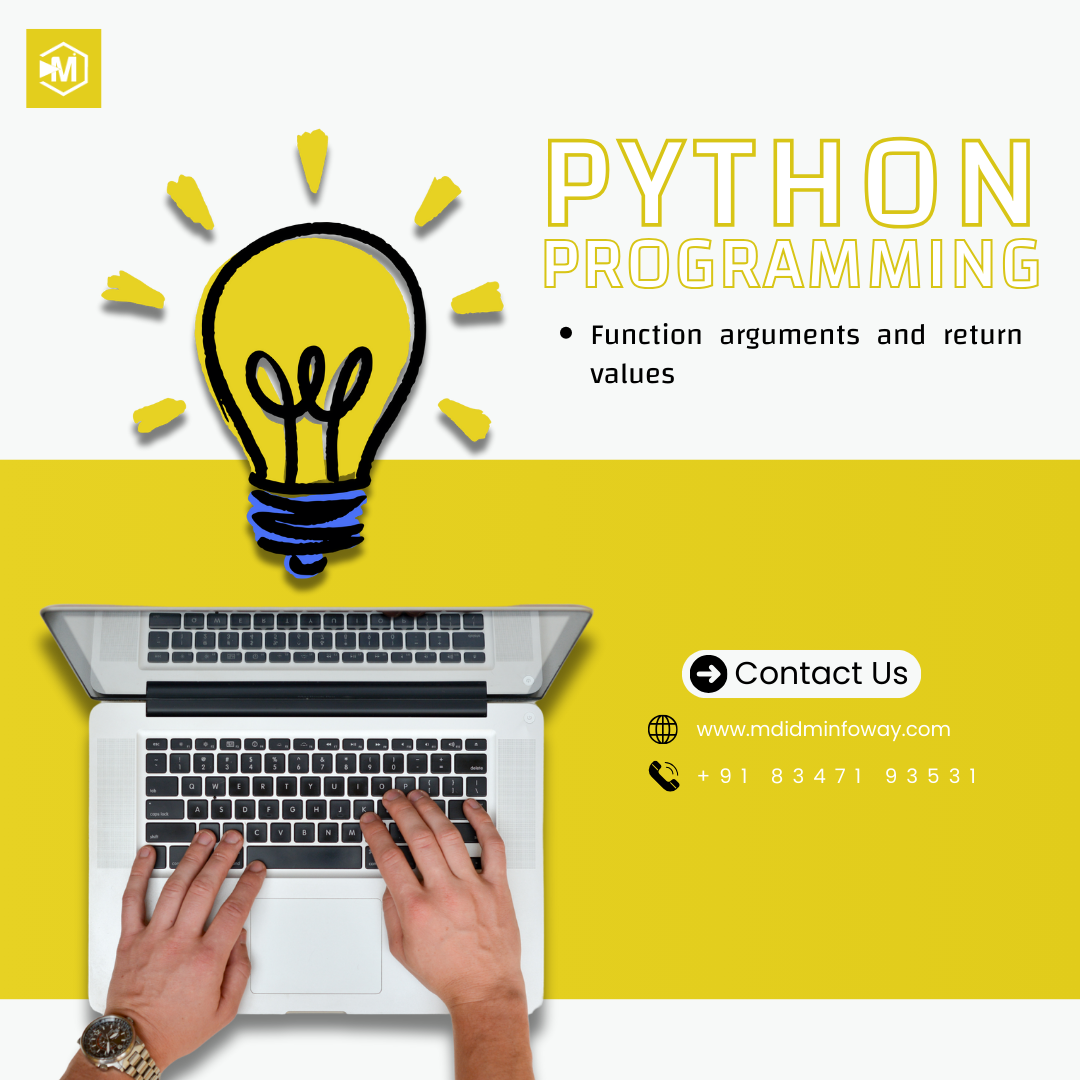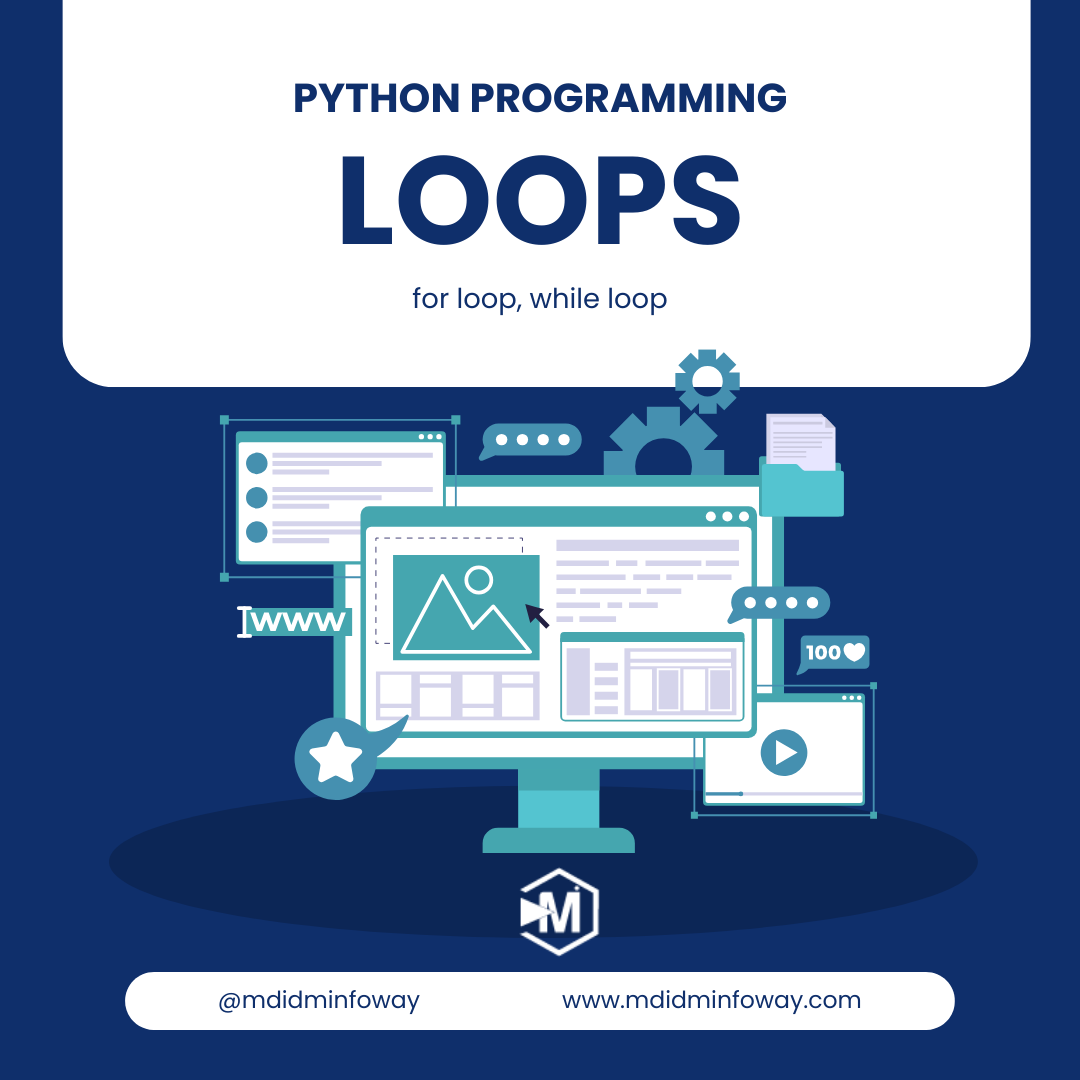OUR Blogs

Function Arguments and Return Values in Python
Learn about function arguments and return values in Python. Understand how to pass data to functions, use default and keyword arguments, and return results efficiently.

Loops in Programming for Loop while Loop
Understand loops in programming with a focus on for and while loops. Learn how to use them effectively to automate repetitive tasks and control program flow.

Dictionaries in Python Key Value Pairs Methods and Iteration
Explore Python dictionaries, a powerful data structure for storing key-value pairs. Learn about dictionary methods, iteration techniques, and best practices for efficient programming.

Defining and Calling Functions in Python
Learn how to define and call functions in Python with easy-to-follow examples. Understand function syntax, parameters, return values, and best practices for writing efficient Python code.

Setting up Python with PyCharm IDE Writing running and debugging Python scripts in PyCharm
Writing, Running, and Debugging Python Scripts in PyCharm PyCharm is a powerful IDE for Python development, offering tools to streamline writing, running, and debugging code. Here’s a quick guide: 1. Writing Python Scripts Create a Project: Open PyCharm and start a new project or open an existing one. New Python File: Right-click the project folder, select New > Python File, and start coding. Code Assistance: Take advantage of syntax highlighting, code suggestions, and auto-completion. 2. Running Python Scripts Run the Script: Click the Run button (▶) or right-click the file and select Run 'script_name'. Shortcut: Press Shift + F10 to quickly run the script. View Output: The output appears in the Run window at the bottom. 3. Debugging Python Scripts Set Breakpoints: Click next to line numbers to add breakpoints. Start Debugging: Click Run > Debug or press Shift + F9. Inspect and Step Through Code: Use the Debug window to inspect variables and control code execution. 4. Key Features for Efficiency Code Navigation: Quickly jump to functions, classes, and variables. Integrated Terminal: Run commands directly in the IDE. Version Control: Git and VCS integration for easy source control management. Virtual Environments: Manage dependencies seamlessly with virtual environments. Mastering PyCharm enhances your coding speed and efficiency, making it easier to write, run, and debug Python scripts.




